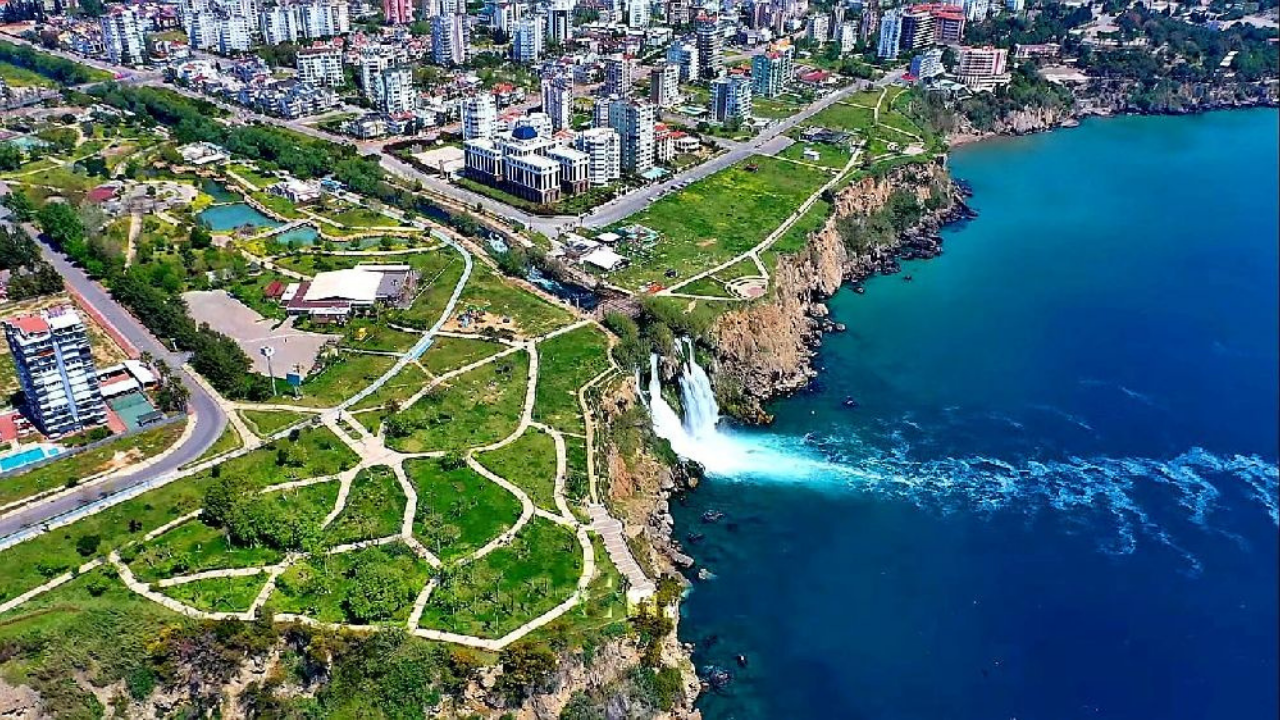Antalya Muratpasa
Car Rental Services in Muratpaşa
Muratpaşa, located in the heart of Antalya, stands out not only as a perfect destination for holidaymakers but also for its car rental services. Renting a car in Muratpaşa offers an ideal option for those who want to explore the beauty of the region. Here is what you need to know about car rental services in Muratpaşa:
- Wide Vehicle Fleet: Car rental companies in Muratpaşa offer a wide range of vehicles to meet all kinds of needs. From economical cars to luxury vehicles, from SUVs to minibuses, many options are available. Thus, whether you are traveling alone or with a large group, it is very easy to find a vehicle that suits your needs.
- Affordable Prices and Flexible Rental Options: Car rental companies offer their customers affordable prices, allowing them to rent a vehicle without straining their budget. Additionally, with daily, weekly, and monthly rental options, flexibility is provided. This way, you can create a rental plan that suits the duration of your holiday.
- Easy Reservation and Delivery: Car rental in Muratpaşa is very easy thanks to online reservation systems. With just a few clicks, you can reserve your vehicle and pick it up from your desired location. Special services are also offered for airport transfers, so your vehicle is ready when you arrive at Antalya Airport.
Places to Visit in Muratpaşa
- Kaleiçi: The historical center of Antalya, Kaleiçi, has a charming atmosphere with its narrow streets, old Ottoman houses, and historical structures. It is an ideal area to park your car and explore on foot.
- Hadrian's Gate: This historical gate, built in honor of Roman Emperor Hadrian, is one of the most important landmarks of Muratpaşa. It must be visited to take photos and experience the historical atmosphere.
- Konyaaltı Beach: Located a short drive from Muratpaşa, Konyaaltı Beach is one of Antalya's most popular beaches. You can enjoy the sea and sun and engage in various water sports at this beach.
- Antalya Museum: The Antalya Museum, which has a rich archaeological collection, is a must-see for history enthusiasts. The museum is located very close to the center of Muratpaşa.
Car rental in Antalya Muratpaşa is an ideal way to explore the region's beauty. With a wide range of vehicle options, affordable prices, and easy reservation options, you can make your holiday more enjoyable. Additionally, short trips with your car to discover Muratpaşa's historical and natural beauties will help you create unforgettable memories. By renting a car in this beautiful district of Antalya, you can make your holiday more free and comfortable.

- Antalya Muratpasa

